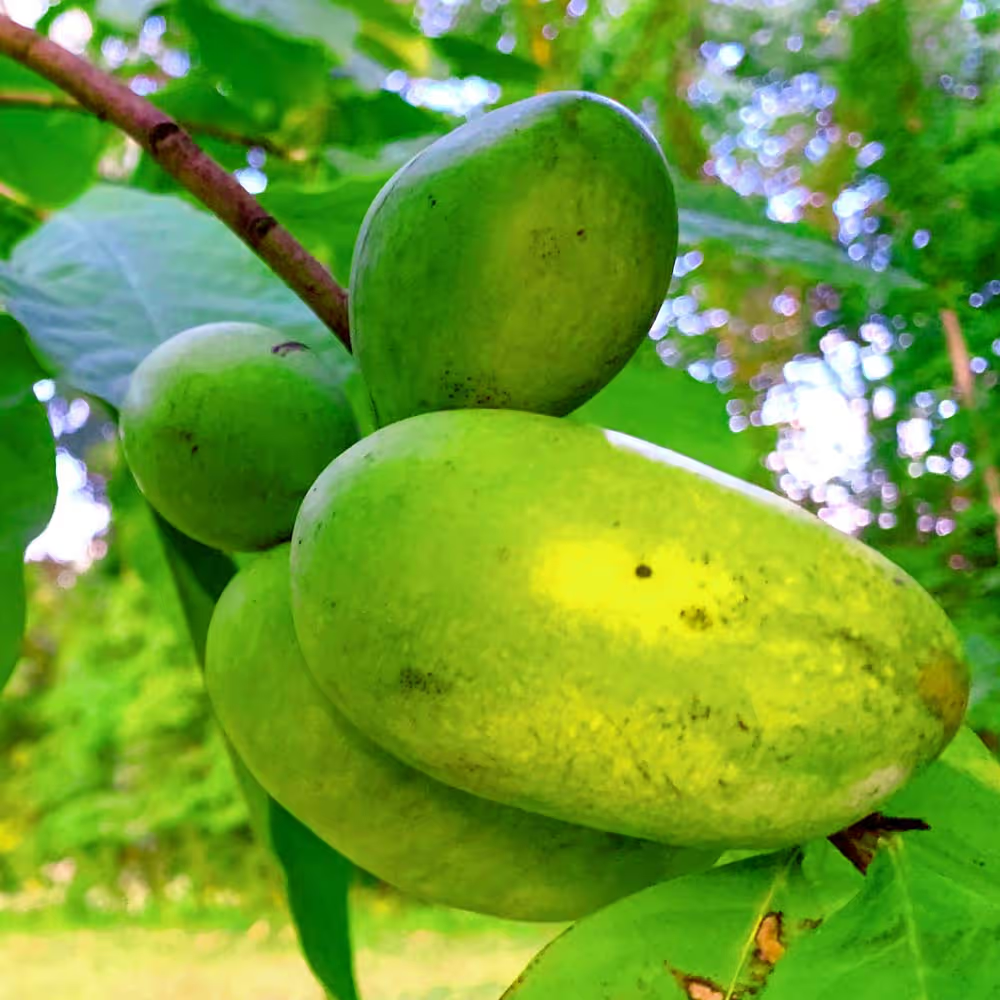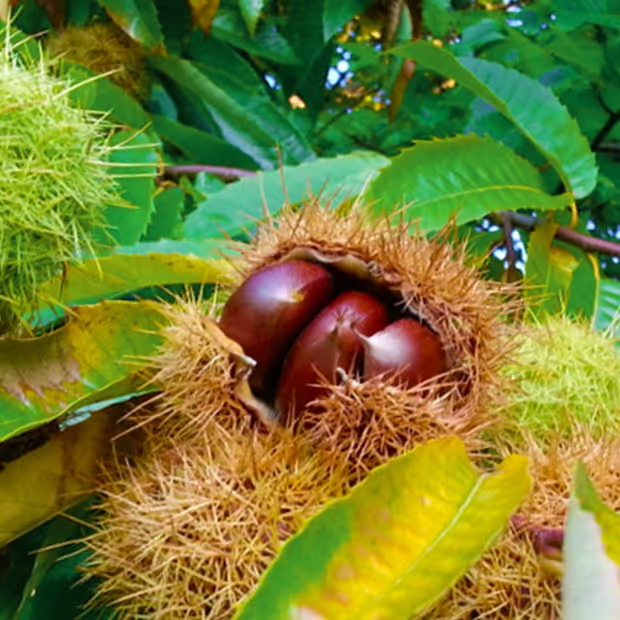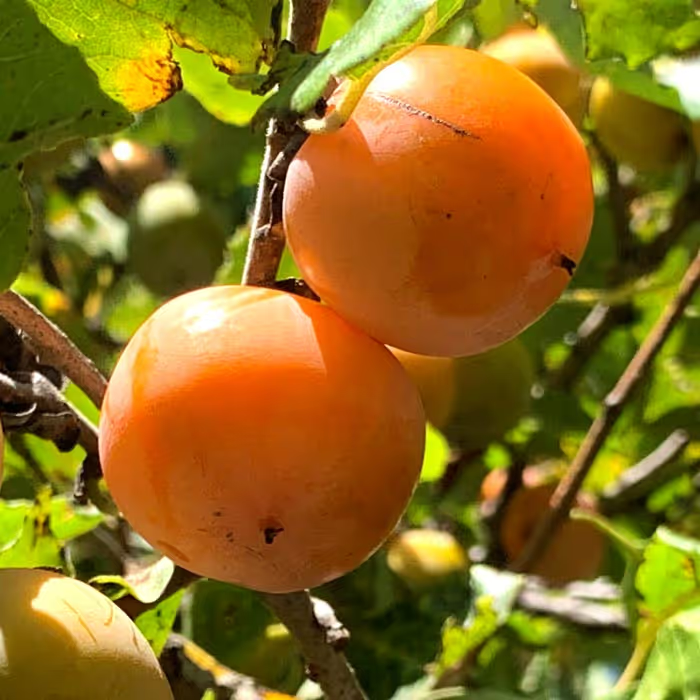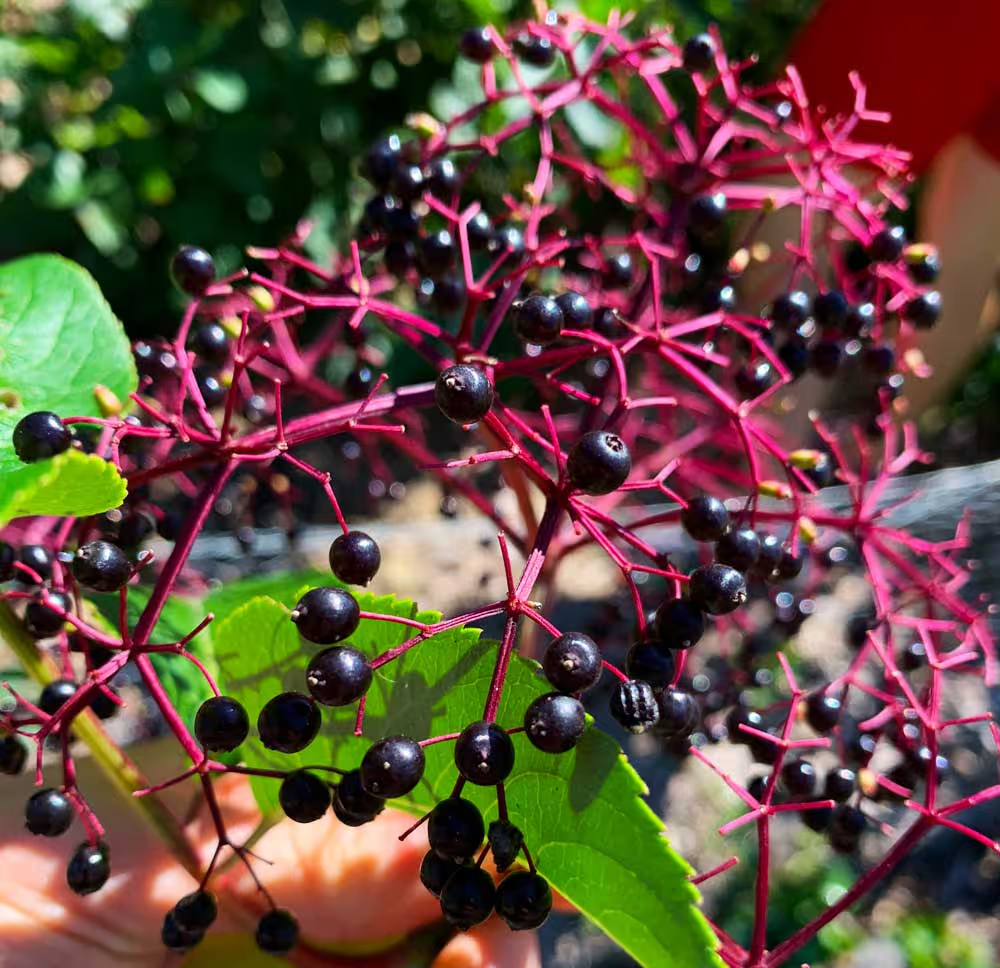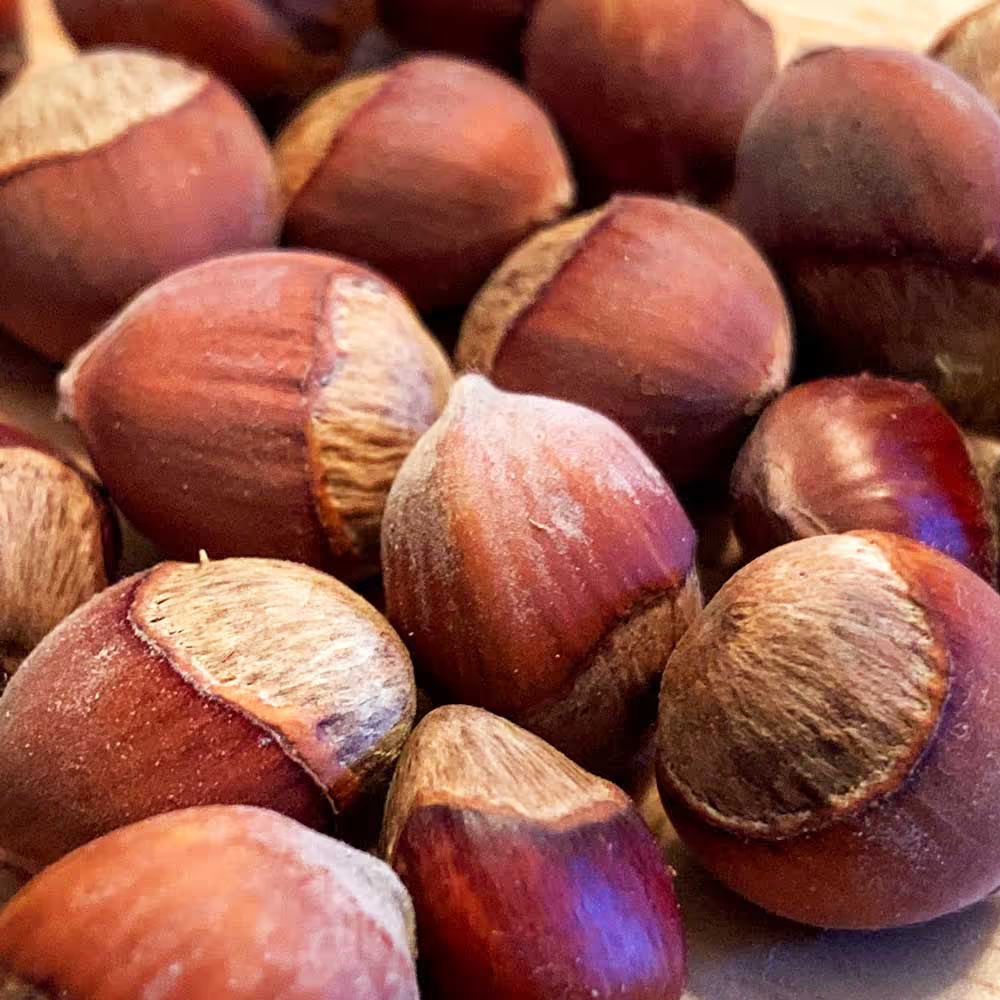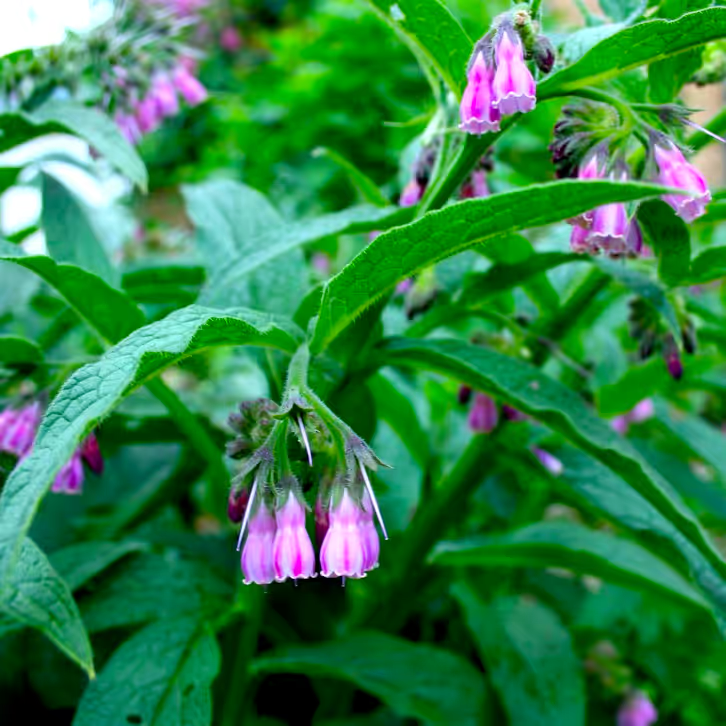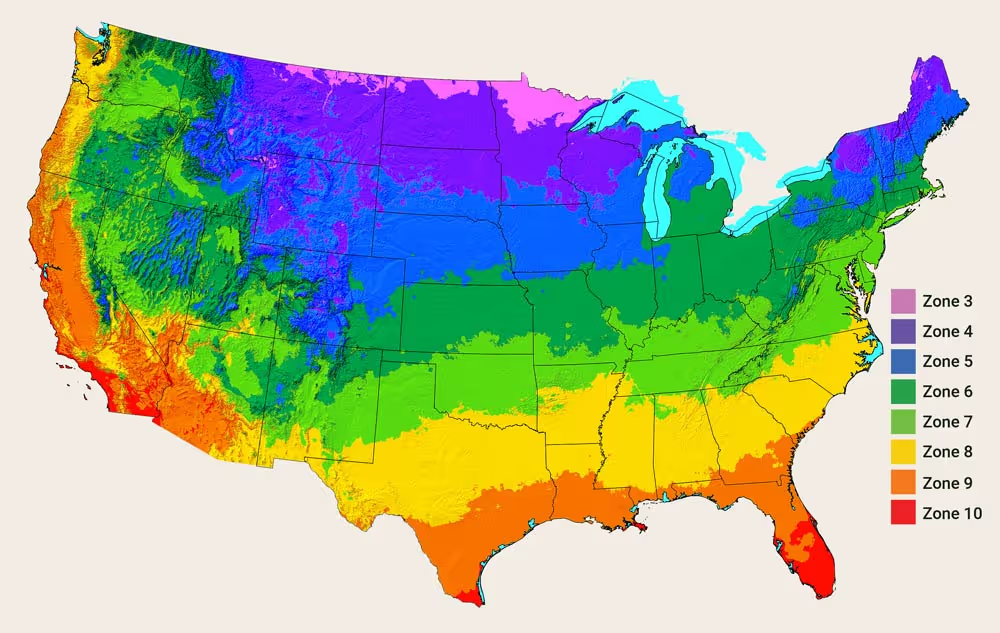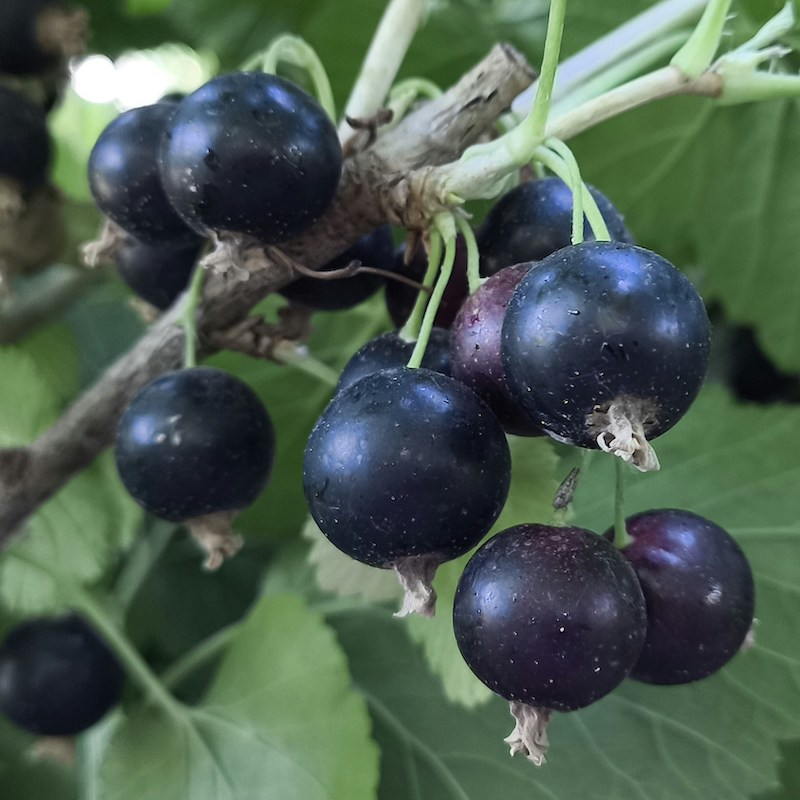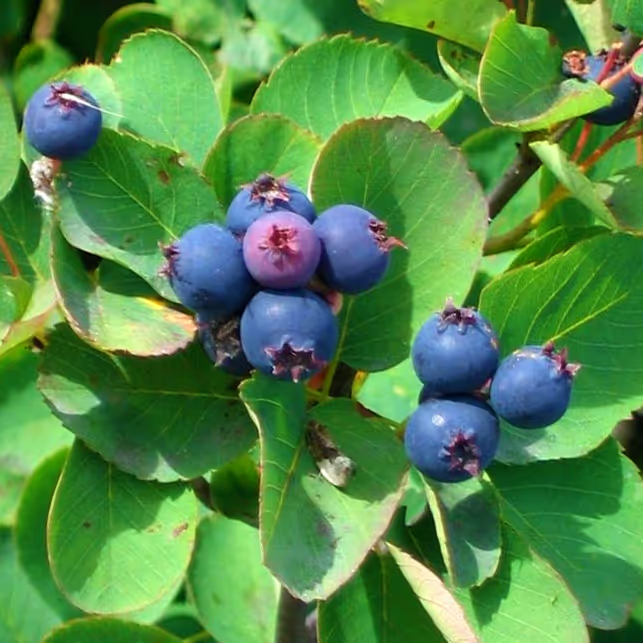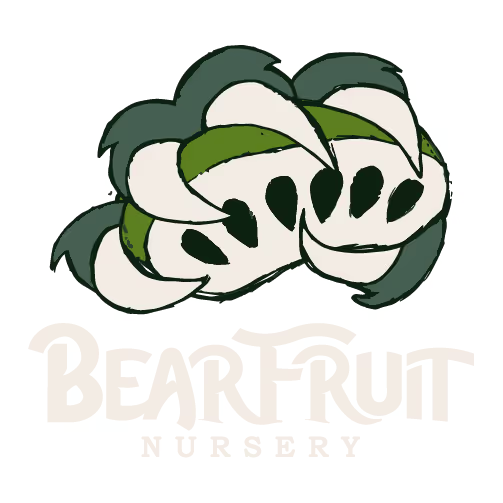Why Plant Pawpaw Trees?
Pawpaws are North America's Largest Native Fruit
Pawpaws are North America's largest Native tree fruit as well as North America's most tropical fruit. The large leaves, smooth bark, and bright green fruits make Pawpaw trees interesting and attractive specimens that make you feel as if you are in a jungle close to the equator and not in Eastern North America. While Pawpaws will produce more fruit in full sun they are unique in that will be produce decent amounts of fruit in the shade and are great options for planting in the understory of large nut trees.
What do Pawpaws taste like?
Pawpaws trees not only look tropical they also have their own unique tropical taste that contain both banana and mango-like flavor notes. We most enjoy keeping them in the fridge throughout the fall and eating them for breakfast. It's like waking up to tropical breakfast smoothie that you didn't have to blend.
Plant Pawpaws for People & Wildlife
While easy to grow, Pawpaws are often misunderstood and are not a fruit that you are likely to run into at the grocery store. The Pawpaw flavor is certainly a flavor that would be coveted by many. Once picked, the Pawpaw shelf-life only lasts a few days. Pawpaws should not be picked until they are slightly mushy which is not a quality that supermarket fruit connoisseurs are used to. The only ways to really harvest and experience Pawpaws are out on the nature trail or on the trees that you conveniently planted in your own backyard. Native to the eastern and central United States, Pawpaw trees are a good-looking versatile low maintenance species that are perhaps even more appealing to deer, turkey, other wildlife, and livestock than they are to us.
Why Plant Our Bare Root Pawpaw Seedlings?
Our bare root Pawpaw seedlings are grown outside in loose native soil that is amended with our own compost and mulched with grass, leaves, and locally sourced wood chips. We focus on developing strong robust root systems for easier transplanting and avoid growing in pots to prevent circling roots. We do not spray our Pawpaw trees with herbicides, pesticides or chemical fertilizers. We collect our Pawpaw seeds from great-tasting wild trees on our nursery site. One of our favorite fall family past-times is heading into our Pawpaw patch, shaking the trees, avoiding the flying fruits, and quickly collecting as many as we can as they hit the forest floor.

